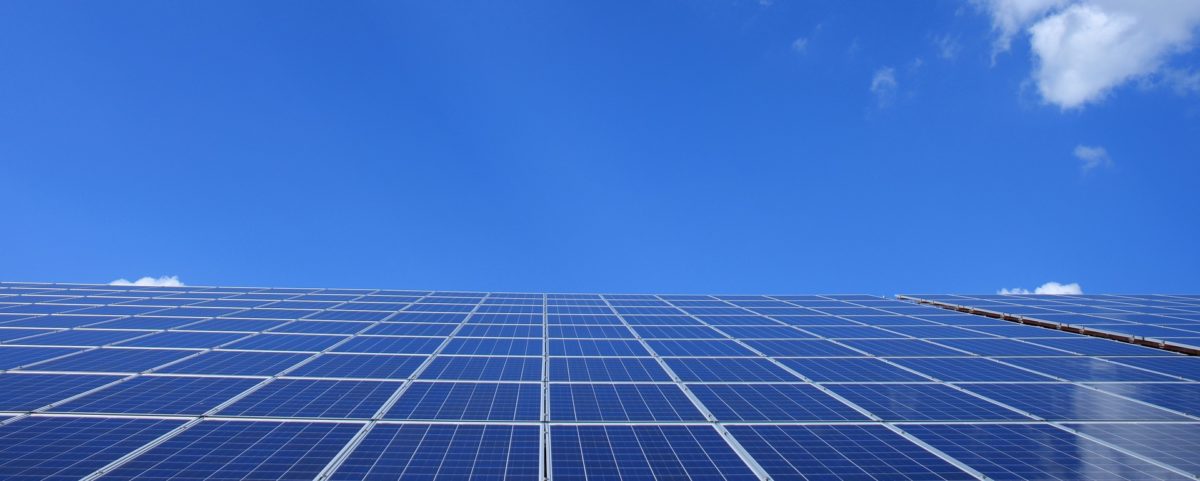Most, if not all, of UK energy supplied under a 100 per cent renewable scenario could be generated using less than 7 per cent of the UK’s surrounding waters for offshore wind farms.
Estimates of the annual amount of energy needed under a (2050) net zero carbon scenario vary from around 1200 TWh (Friends of the Earth) to around 1700 TWh (Chris Goodwin). Both these estimates assume that energy is delivered mainly in the form of electricity with some green hydrogen and derivatives such as ammonia used for storage and other purposes.
FOE uses the Committee on Climate Change estimates as its basis but allows for little air travel. On the other hand Chris Goodwin does his own calculations and allows for near current levels of air travel and (what I see as) somewhat inefficient means of aviation fuel preparation. I assume 1500 TWh per year energy consumption in a net zero scenario. I choose this roughly midway estimate balancing two opposing factors: a) According to my research lower energy projections for the future tend to be vindicated rather than higher ones, but b) I would expect there still to be a fair amount of air travel in 2050.
So where would 1500 TWh come from in a 100 per cent renewable energy scenario?
I make some plausible assumptions about onshore wind and solar generation. Assume that onshore wind generation can increase to somewhat under double its current generation, say 60 TWh per year. If solar pv covered the roofs of the majority of UK buildings and less than half a per cent of the UK land was occupied by solar farms then we could generate 170 TWh per year from solar pv. Add on another 40 TWh of renewable energy from other sources including hydro, tidal, wave, geothermal and biogas (40 TWh may well be an underestimate here) and we have 270 TWh – about 80 per cent of current UK electricity consumption.
So if total annual energy (that is all energy) consumption for net zero is going to be 1500 TWh a year and we subtract 270 TWh from 1500 TWh then that leaves a further 1230 TWh of energy that would have to come from offshore wind farms (or something else of course).
Now using the figure of 3 watts per metre said by (on page 60) by McKay to be delivered by offshore wind, the 1250 TWh of energy from wind power would come from around 46,700 square kilometres. This works out as being 6.2 cent of the UK’s offshore Exclusive Economic Zone (EEZ). It certainly seems that with the development of floating offshore wind technology water depth will not be a limitation on where offshore windfarms can be sited. Given the increase in the efficiency of succeeding models of wind turbines 1250 TWh will be generated in the future from around 250GW of installed offshore wind power.
Of course there are still competing uses for offshore resources including biodiversity habitats, bird flight paths, shipping routes, fishing and minerals. Ecologists will have sympathy for protecting marine habitats, but less sympathy with industrial activity such as fishing using bottom trawling. But utilising around 6 per cent of the UK’s waters does not seem to be an unwarranted call on our resources in the cause of eliminating carbon emissions from energy generation.
Importance notice for people living in Scotland. Please sign our petition to the Scottish Government calling on them to set a target of supplying ALL Scottish energy consumption from renewable energy.
David Toke 29/11/2020

Surely 100% renewables only works if you’ve got a storage solution big enough to accommodate the full mismatch between supply and demand? I know it’s almost always windy somewhere, and light most days (!), but large amounts of storage (or dispatchable generation) are surely required in a least cost solution. To go 100% renewables without any storage, the renewables capacity has to be enough to meet all demand at all times – which require much more installed capacity than the amounts here. The answer, surely, has to include dispatchable power (hydrogen powered CCGT?) and storage (pumped hydro, maybe batteries). Demand side management and localised storage (batteries in homes and cars) have to play a part too.
the post refers to ammonia storage – storing excess (and therefore very low cost) renewable energy as ammonia is plausible since there is already a lot of ammonia transported and stored for use in the fertiliser industry. Ammonia can be co-produced by hydrogen and nitrogen mixed at the time of electrolysis of water by renewable energy. It can then be burned in gas engines or gas turbines. That is a bulk response system to the issue of long term storage of renewable energy.
You can see the response to this general issue at https://100percentrenewableuk.org/storage